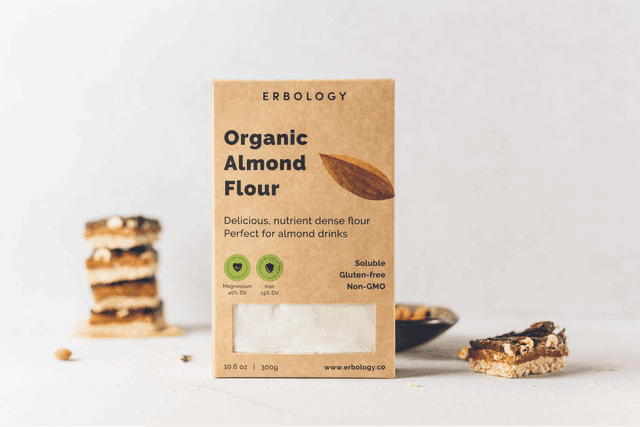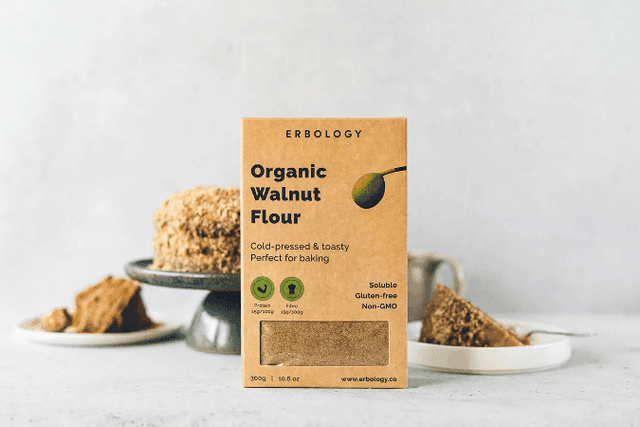28 Jan 2021
Which is the best gluten-free flour?
What is gluten?
Gluten is a group of proteins which are present in some cereals.
You may be most familiar with it as it plays an essential role in bread-making. When you knead bread dough, you are encouraging the gluten in the flour to bind into long, strong fibres. These then give the bread its structure.
Some people are sensitive to gluten due to Celiac disease. For these people, eating gluten is very dangerous, as it prevents their bodies from absorbing nutrients from their food and may damage the lining of their small intestine. They’re also more likely to suffer from an autoimmune disease.
Many other people avoid gluten due to a slight sensitivity or simply as a lifestyle choice. If you do not suffer from Celiac disease and are curious about the pros and cons of giving it up, check out our article: Is gluten bad for you?
Which flours contain gluten?
Supermarkets and health food stores offer such an enormous range of flours that it’s best to start with which ones you can rule out.
All-purpose flour - which we might also call ‘normal’ flour or wheat flour - does contain gluten. However, so do barley flour, rye flour and spelt flour.
If you are sensitive to gluten, you should avoid these flours.
However, things are complicated slightly by the fact that cross-contamination is rife in flour producing facilities. This is because gluten-containing products are processed in the same place as gluten-free ones, and a bit of gluten often passes into the supposedly gluten-free products.
The tricky question of oats
One such example is oats and oat flour. While oats do not naturally contain gluten, they are often contaminated with it during processing.
You can get gluten-free oats which have been processed in a way which avoids cross-contamination.
However if you have Celiac disease, you may still want to avoid them.
While the majority of people with gluten intolerance can eat gluten-free oats with no issues, a small number of people with Celiac disease may have a reaction to them.
This is because oats contain a different protein called avenin, which can provoke a reaction in some cases.(1)
Now, let’s take a look at the best gluten-free flours you can use for your kitchen projects.
Related reading
Amaranth flour
Amaranth is technically not a cereal, but a ‘pesudocereal’! This means that it’s actually a seed, but we consume and use it in the same way as a cereal. It has a light, nutty flavour that lends itself nicely to both sweet and savoury recipes.
Amaranth is high in fibre and a good source of protein. In fact, it contains 18 amino acids, meaning it can be considered an almost complete protein source.
When it comes to fibre, amaranth contains both soluble and non-soluble types. Soluble fibre helps food to move smoothly through your digestive system, while non-soluble fibre adds bulk. This gives your body time to absorb as many nutrients as possible from the other foods you eat.
Amaranth acts a bit like oats when exposed to water, soaking it all up to produce a creamy ‘sauce’. This means that the grain itself makes excellent porridge. You can also use the flour as a thickener for sauces, gravies and soups.
While many cooking and baking recipes call specifically for amaranth flour, such as our tasty Amaranth Veggie Burger, you can also use it as a replacement for wheat flour.
However, if you’re using it this way, you’ll need to include amaranth flour as part of a blend. You can replace up to about a quarter of the required amount of wheat flour with amaranth.
Pros: Super nutritious, with a pleasantly nutty flavour
Cons: You can’t substitute all your wheat flour for amaranth in normal recipes.


